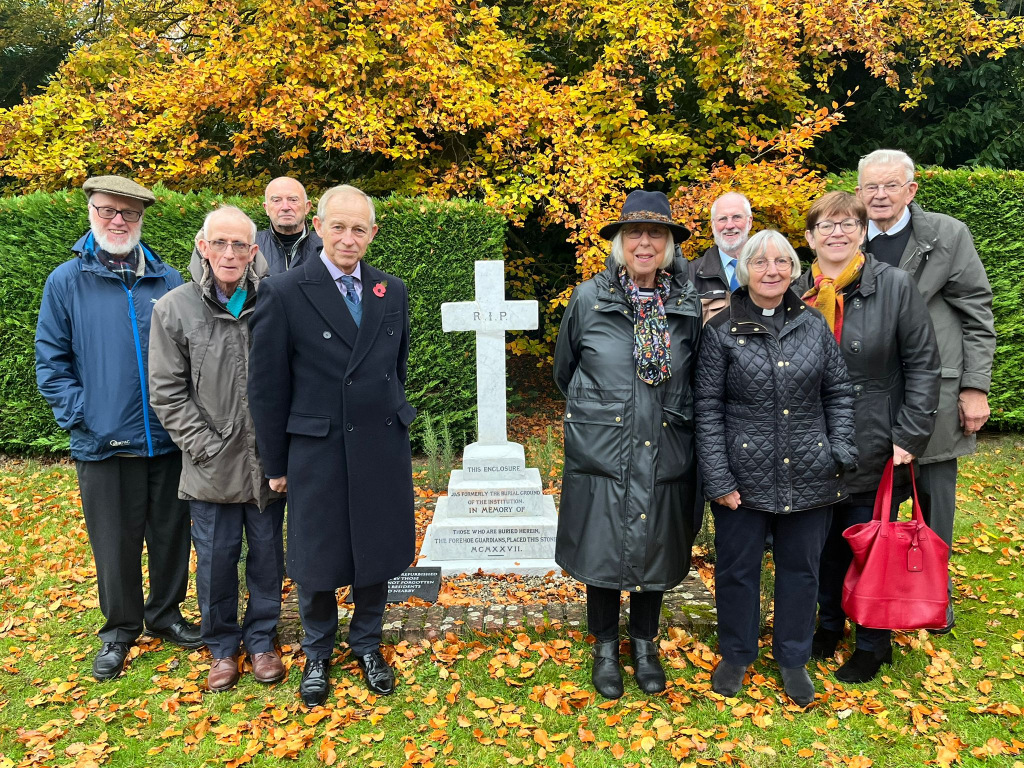In the mid-1970s, Brigadier P. Jermy-Gwyn showed me the blunderbuss actually used in the infamous Stanfield Hall murders.
On a November evening in 1848, Isaac Jermy and his son, the brigadier’s forebears, were shot dead by James Blomfield Rush, who also wounded the young Jermy’s wife and Eliza Chastney, a servant girl. Rush had bought Potash Farm, a mile to the east of Stanfield Hall, from Mr Jermy, his employer, on Jermy’s own mortgage. Rush subsequently fell into financial difficulties and in order to retrieve his position devised a plan, which involved the forgery of Jermy’s signature on certain documents – and wholesale murder. Rush approached the hall that evening disguised as an old woman armed with the blunderbuss on a footpath, which he had previously covered with straw to avoid detection of his footprints. However, he was found guilty at the Norwich Assizes in March 1849, mainly on the damning evidence of his mistress Emily Sandford to whom he had not fulfilled a promise of marriage.

Rush’s public execution took place on the bridge of Norwich Castle on Saturday 21st April 1849 and, with the trial having attracted country-wide interest, that Saturday morning people streamed into Norwich by tumbril, waggon and horse to witness the execution. Many came by rail and there was even an excursion by train from London. Some even came on foot and one woman, who had given birth only three weeks earlier, had walked fourteen miles to the city the previous night to be present. Bawling pedlars were on the streets selling printed sheets of ballads telling the story of Rush and his murderous deeds, while pie-sellers and the like provided the masses with food. The inns and taverns in the vicinity of the Castle were doing a roaring trade, while as much as £10 was paid for a seat at the east end of the Bell Hotel, where a first class view was to be had. Some spectators were on housetops, while others perched on the square tower of one of the city’s churches. It was estimated that the crowd numbered 12000-13000. Jermy was the Recorder of Norwich and President of the Norwich Union Life Insurance Society and while the insurance company’s staff normally worked on Saturday mornings then that Saturday they were given an extra morning’s leave to witness the execution of their president’s murderer. Awaiting the execution the motley crowd were in good humour – rather like today’s Carrow Road football crowds, but silence prevailed when Rush emerged from the castle to walk to the gallows.
And Charles Dickens, that most celebrated of Victorians, visited Stanfield a few weeks after the murders and commented that the hall had “a murderous look that seemed to invite crime”.















